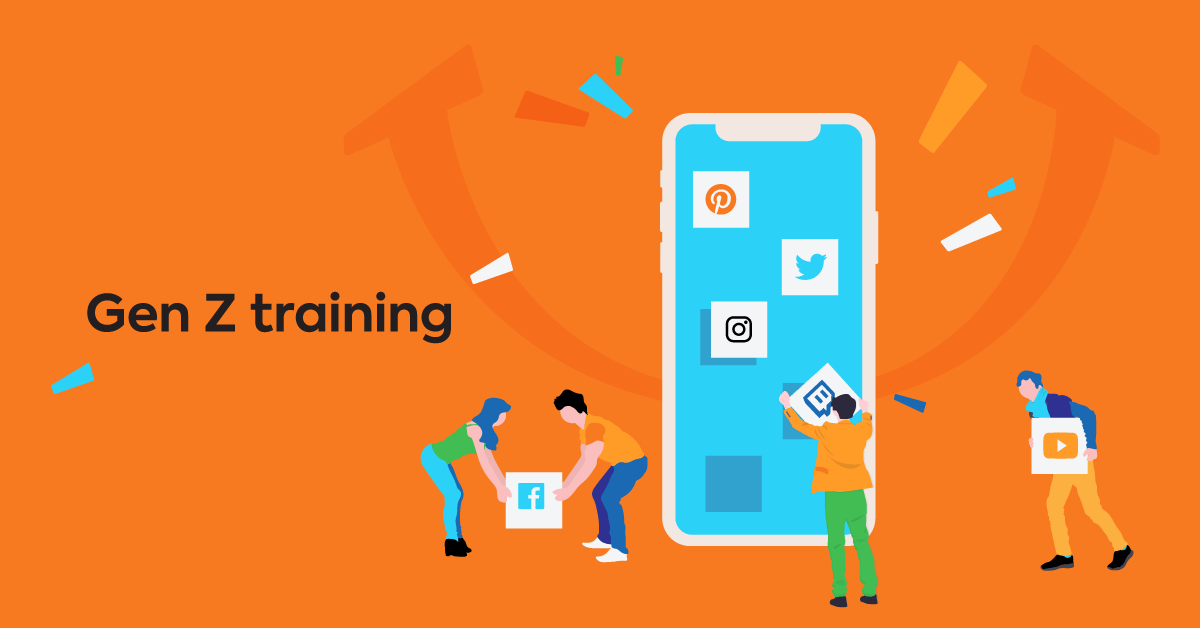 Congratulations! You just set up your brand new learning management system complete with courses and training materials. You had been toying with this wealth of information in your field of work and now you have this fantastic broadcasting channel set up: your learning management system.
Congratulations! You just set up your brand new learning management system complete with courses and training materials. You had been toying with this wealth of information in your field of work and now you have this fantastic broadcasting channel set up: your learning management system.
You may have courses in music, website designing, business management and many more, according to your market demand. You may have the best range of multi-media functionality embedded. You may also have courses that are mobile friendly. You have the best practices in course design integrated. You even have a powerful curriculum in place. Your prices for each course are reasonable and you even have discount coupons.
Despite that, you have zero learners enrolled in the past 6 months. How’s that possible? You cannot stop wondering. Six months into the LMS set-up and still no action. How do you market your courses in your LMS? How do you make compelling course-previews that pique interest, modify user behavior and entice them to register? This and many more user engagement techniques, or LMS e-marketing systems will be covered in this article. Learn how top companies have promoted life-long learner materials with clever strategies. Brace yourself for unbelievably easy methods of improving sales of your learning content with the aid of leads that begin with informative tips for your consumers.
Behavior Modification Features for LMS Design
Motivation, both intrinsic and extrinsic is the key to successful learning. The correct motivation features can convert a simple learning management system into a powerful learner community of practice. Keeping the concept of successful online collaboration between mentors and learners in mind, several behavior modification features can be added.
Increasing LMS Engagement and Behavior Modification Features
Behavior modification or behavior altering features in an LMS entice learners to stay on their reading task. They convince the learner the empowering value of the content. These features are as simple as a “register now” button strategically placed after a course preview to a gamification badge and “awardicons”.
It’s all about planning and enhancing learner experience in your LMS. Popular behavior modification tools include “calls for action”, progress bars, achievement encouragement, interactive and adaptive features in a course, brief exclusive materials in the course-preview and analytics that demonstrate practical use of your learning materials.
1. Learner Avatars
Notice how learners have the opportunity in this LMS (Khan Academy) to create avatars simulate learning as a fun and a game-like endeavor.
2. Learner Progress
TalentLMS has further simplified the learner profile and course progress status. Greyed and green bars motivate learners to breeze through smoothly. Notice the aesthetically familiar icons that encourage learner to get started with minimum support intervention.
3. Sharing Content with Other Users
A clever way to proliferate your course registration is to enable your learner, who is enjoying your course, to share with other friends who may be interested. Some LMS also offer future course-price reduction coupons to the learner who has shared with a number friends.
4. The Use of Gamification Badges
The primary reason why gamification, despite seeming a bit childish, works for the adult-learner, is due to its “edutainment” feature. We all enjoy a break from serious work through digital games. There are several applications in the market that allow you to integrate gamification in your LMS. The key is to create content relevant badges and define them clearly for your learner. The badges will motivate the learner to get started, follow your LMS community rules, participate regularly, and share inspiring ideas.
5. Share Valuable E-Books
What ultimately compels a learner to register for your course? A piece of learner-relevant take-away information. While developing your course, you will uncover several course related “treasures” that you can share with your prospective learner for free. Freebies like e-books, links to pdf’s and other informative websites will impress your learner into registering and sharing your course.
6. Demonstrate How to Apply Materials in the Job Context
How do you make learning useful? Through application and synthesis, right? In your course preview, demonstrate how the learner can apply the course to their classroom or workplace. Providing distinct pointers and advantages of your course is a strong way to convince learners to register for your course. Additionally, provide the learner with market statistics of how their newly acquired skill would measure up with the market demand.
7. Create an Action-Packed LMS Interface
Designing a learner interface rampant with actionable buttons is a great way to instigate actions that convert into successful purchases or desirable behavior. Notice how Nike develops learner interactivity and interest with the aid of click-and-do-buttons.
8. Sign Up and Social Media Sharing Pop-ups
The ultimate LMS marketing tool is the sign up and social media sharing pop up. Notice how Spark People, a weight loss community support center demonstrates the benefits of its program and invites viewers to sign up. A common trend is to offer a free sign up for a course for limited number of chapters to get a good feel for its materials. Offering free incentives for sign up is a proven method to attract and retain prospective learners in your LMS.
Some Parting Tips on User Engagement Tactics
E-Learning is the future of learning. With the over-zealous information and accessibility tools available at your fingertips, it is often hard to sift through the required. Special behavior modification strategies when added at selected areas of your LMS can enable your content to stand out and attract larger traffic for actionable clicks, ultimately improving sales of your services.
Go ahead, use these user engagement examples in your LMS and enjoy a better income.
Good Luck!
| Tags: Learner Engagement


